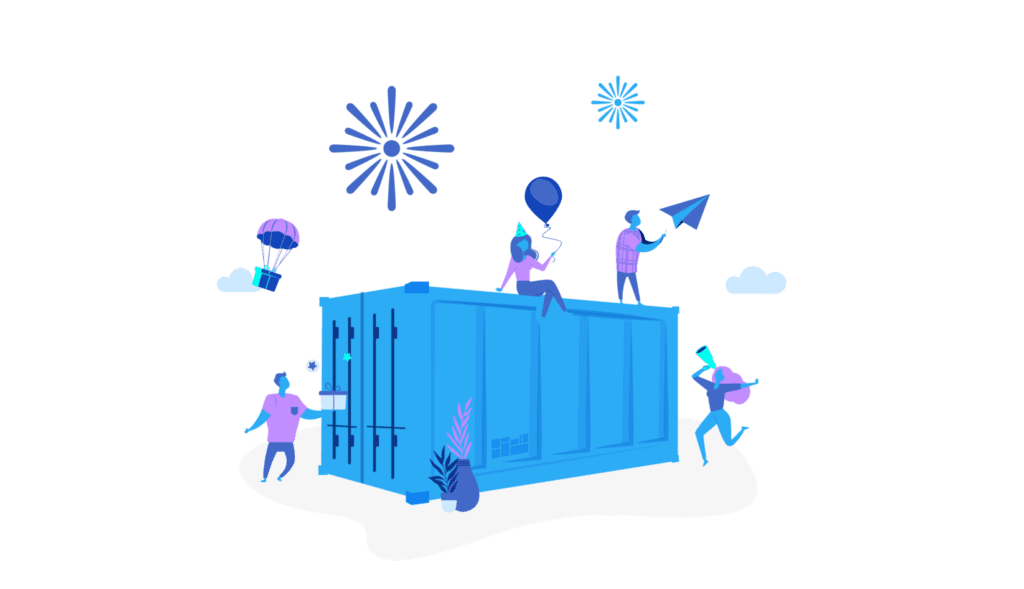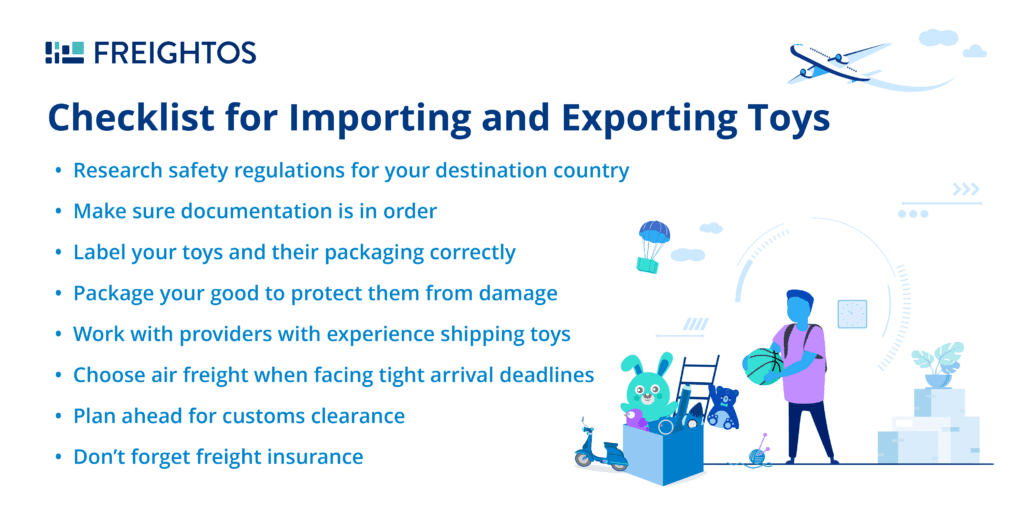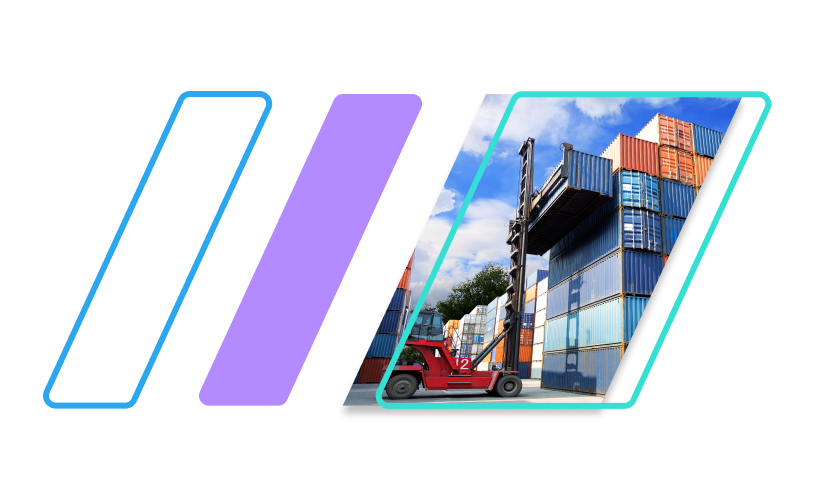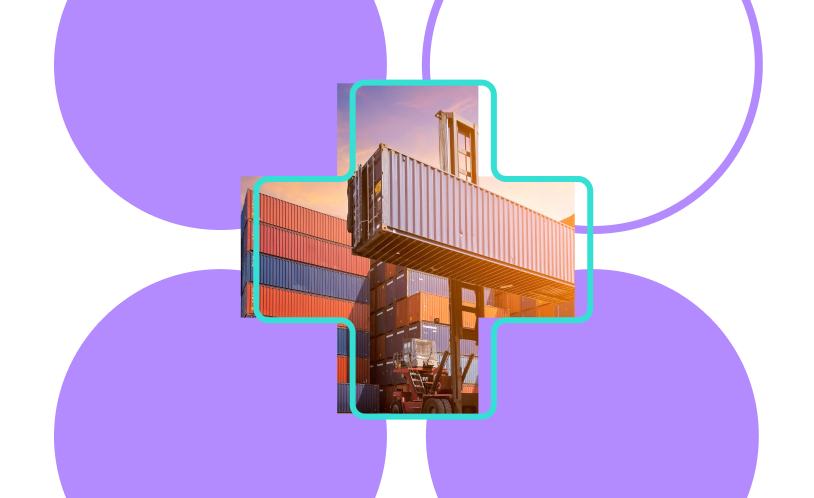Shipping toys or games, or considering starting?
We reached out to Burak Yolga, Co-Founder of Forceget, a digital freight forwarder, to get crucial tips and strategies for toy and game importers and exporters. Watch the video and then read on to get his expert advice on regulations, packaging, labeling, insurance, communication with customers, and more.
Looking to ship toys or games?
Regulations and compliances for importing and exporting toys
Toys and games are subject to a variety of laws related to product safety, testing requirements, and labeling specifications. Products that do not meet these standards could face penalties, legal action, or damage to the brand.
Compliances differ by country, so ask your supplier and freight forwarder which ones you’ll need.
Here are some key regulations:
Consumer Product Safety Improvement Act (CPSIA)
In the US, toys are subject to the Consumer Product Safety Improvement Act (CPSIA). If you’re importing toys, you’ll need a certificate of compliance with this law, which relates to materials, paint regulations, and other safety requirements.
European Union Toy Safety Directive
In Europe, The Toy Safety Directive of the European Union (EU) lays out toy safety rules. Prior to being sold in the EU, toys must undergo safety inspections to ensure compliance.
International Organization for Standardization (ISO)
The International Organization for Standardization (ISO), an NGO comprised of standards representatives from more than 160 countries, has developed guidelines for toy safety for manufacturers and suppliers. Compliance with ISO toy safety standards is often required by regulatory bodies around the world. Check with your supplier to make sure they adhere to these standards.
Documentation requirements for importing and exporting toys
When you import or export toys, pay close attention to these documentation requirements:
Certificate of compliance
After you determine which compliance you need, you’ll need to get tested and provide certification with your shipment. This will include information about the product, testing standards applied, and the testing date.
Labeling requirements
Toy and game shipments have specific labeling requirements, which include the name and address of the manufacturer, the name of the product, its model number, and any necessary cautionary or warning statements. Talk to your supplier about labeling your toys and games properly.
Accurate records
Make sure to keep accurate records of your inspections demonstrating adherence to safety laws and regulations. This will help you keep your certifications up to date and avoid delays.
In addition to these documents, you’ll likely need a variety of other standard shipping documents. Your forwarder will know which ones your shipment requires.

Proper packaging and labeling when shipping toys
When shipping toys, it’s essential to pay attention to proper packaging and labeling to avoid damage and delays during transit. Here are some guidelines:
Packaging
- For larger toys, use thick, sturdy cardboard boxes and wrap each toy individually in tissue paper or bubble wrap
- For smaller toys, consider using padded envelopes
- Use packaging materials that protect against water, light, and extreme heat or cold
- Use strong packing tape to seal boxes or envelopes
Labeling
- Label the package with the recipient’s name and address, as well as your return address
- Include tracking information or shipment numbers on the package’s label
- Make sure the label is clearly visible and won’t come off during transit
- Add a “fragile” label if necessary to alert shipping handlers to take extra care
Talk to your supplier about making sure your goods are packaged properly.
Working with a freight forwarder or logistics provider to ship your toys
When you’re dealing with international freight, you’ll want to work with a reliable freight forwarder with experience in shipping toys and games.
Freight forwarders assist with all aspects of the shipping process, from actually moving your goods to managing paperwork and compliances to choosing the best shipping method and packaging materials.
When choosing a forwarder for your toy shipment, consider their shipping rates, typical transit times, and expertise with your specific goods.
Learn more here about how to choose the right freight forwarder for you.

Find a forwarder to ship toys
Insurance considerations for toy shipments
Freight insurance is always important. But for toys, there are particular reasons coverage matters:
Fragility
Toys often contain delicate materials that can be damaged during transit. They may have small parts, electronic components, or intricate designs that are susceptible to breakage.
High Value
Toys can vary in value, ranging from inexpensive items to high-end collectibles. If you are importing valuable toys, the financial risk of loss or damage during transportation increases significantly.
Theft and Loss
Toys, especially popular or in-demand items, can be targets for theft during transportation. Additionally, packages may occasionally get lost in transit due to various factors.
Freight insurance protects you in case of these types of damage or loss.
Choosing your shipping mode
How should you ship toy or game freight shipments? You have a few options:
Express Shipping
For small or fragile shipments, express can be a good choice since it provides more careful handling and tracking.
However, with larger shipments, you’ll need to choose between air freight and ocean freight.
Air Freight
Air freight provides a high degree of security for fragile goods as it requires less handling. It also allows for much faster arrival than ocean freight – transit time is usually a matter of days as opposed to weeks. However, in most cases, air freight is also significantly more expensive than ocean freight.
Ocean freight
Ocean freight is a great option for shipping large and heavy toys, such as playsets or bicycles. Shipping by sea is almost always more cost-effective, provided you have enough time to receive your goods. However, since toys are often seasonal, in some cases air freight is well worth the added cost.

Managing customs clearance for shipping toys
When shipping toys internationally, it’s important to be aware of customs clearance requirements to avoid any potential delays or fees. Here are some tips:
Research Customs Regulations
Before you ship toys, do some homework on the customs regulations of your destination country. Rules vary by country and noncompliance can cause delays or even get your shipment rejected. Your customs broker can help you research these rules.
Prepare Accurate Customs Documentation
To get through customs smoothly, you need to have all your paperwork in order. Make sure to provide a detailed description of your toys, including their quantity, prices, and purpose. You might also need additional documents like a commercial invoice, packing list, or certificate of origin. Check with your forwarder to see which documentation you’ll need to clear customs.
Consider Import Taxes and Fees
Import taxes and fees can vary depending on the destination country and the value of the toys. Research these fees and factor them into your shipping costs. You can estimate customs taxes and fees using fee calculators, or you can speak to your supplier or forwarder, both of whom will have experience with your goods.
Dealing with potential delays and issues
As with any shipment, when shipping toys, delays and other issues can unfortunately happen. While it’s impossible to completely avoid these issues, there are steps you can take to minimize the risk and handle them effectively if they do occur:
Use a reliable freight forwarder
Using providers you trust means you can plan ahead and troubleshoot together.
Track your shipment
Tracking your shipments closely allows you to become aware of any delays that come up in real time and deal with them immediately.
Communicate with the recipient
If you do become aware of delays, reach out to both your customers and your warehouse. Customers will never be happy about delays, but prompt communication can lessen the blow. And updating your warehouse minimizes the chances of theft or damage by helping to ensure that someone is available to receive your shipment.
Address damaged goods immediately
If your goods end up damaged for whatever reason, update your customers about delays, and file insurance claims promptly so you can keep your supply chain moving.
Stay up to date on regulations
Check for any changes to regulations in your country of destination so you can make sure you have all the compliances you need.
Shipping toys safely and efficiently requires careful planning and attention to detail. Plan ahead and work closely with your forwarder and you’ll keep your supply chain moving and your customers happy.


